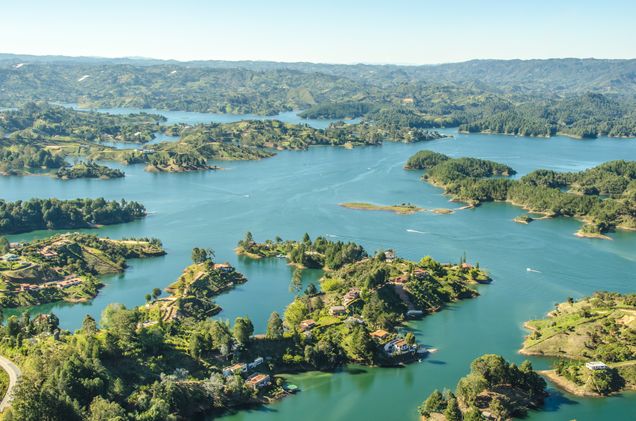Standardizing Sustainable Development: A Comparison of Development Banks in the Americas

There is a sense of urgency in emerging market and developing countries, and Latin America in particular, for international development banks to generate a pipeline of infrastructure projects to reboot lagging economies and meet broader sustainable development goals. In meeting those goals, it is also important to ensure such efforts are socially inclusive and environmentally sustainable. To mitigate the risks associated with environmentally sensitive projects, many development banks have established their own environmental and social policies, known as environment and social safeguards (ESS).
A journal article in the Journal of Environment & Development by Kevin P. Gallagher and Fei Yuan conduct a comparative analysis of ESS across international development banks. The authors also develop a framework that allows analysts to better empirically examine the impact of different safeguard regimes on environment, social and development outcomes.
The authors find a significant divergence in safeguard policy across development banks operating in Latin America, with Western-backed development banks requiring that borrowers harmonize to developed country standards and others such as China’s and Brazil’s banks deferring to host country standards. It is ultimately not clear whether development finance is adequately safeguarded in the region. The authors’ framework paves the way to a clearer and more policy-oriented set of empirical analyses to examine the extent to which different approaches lead to better environment and development outcomes.